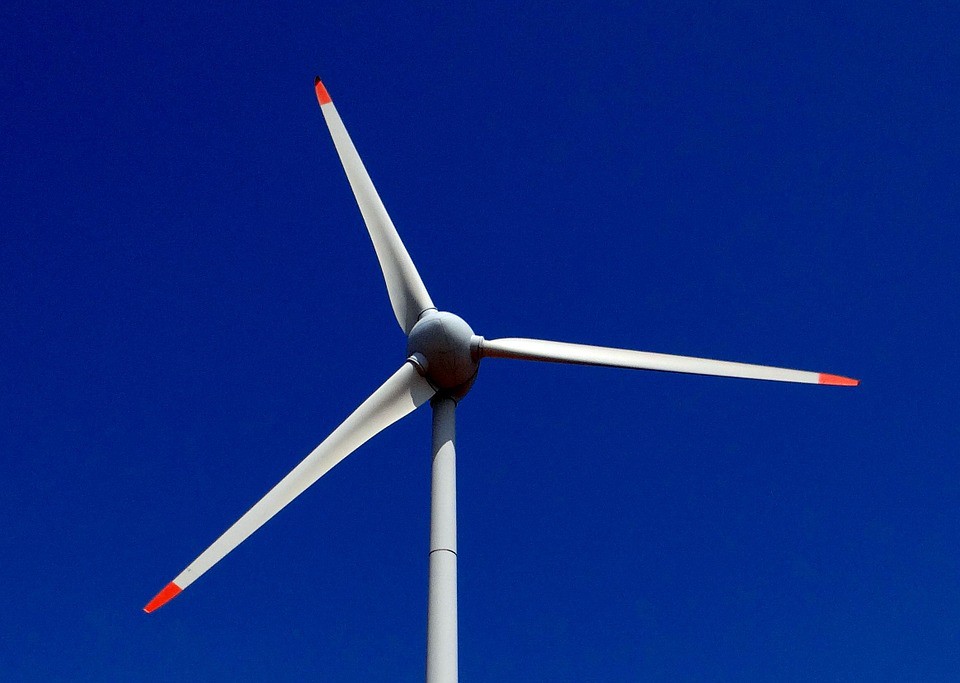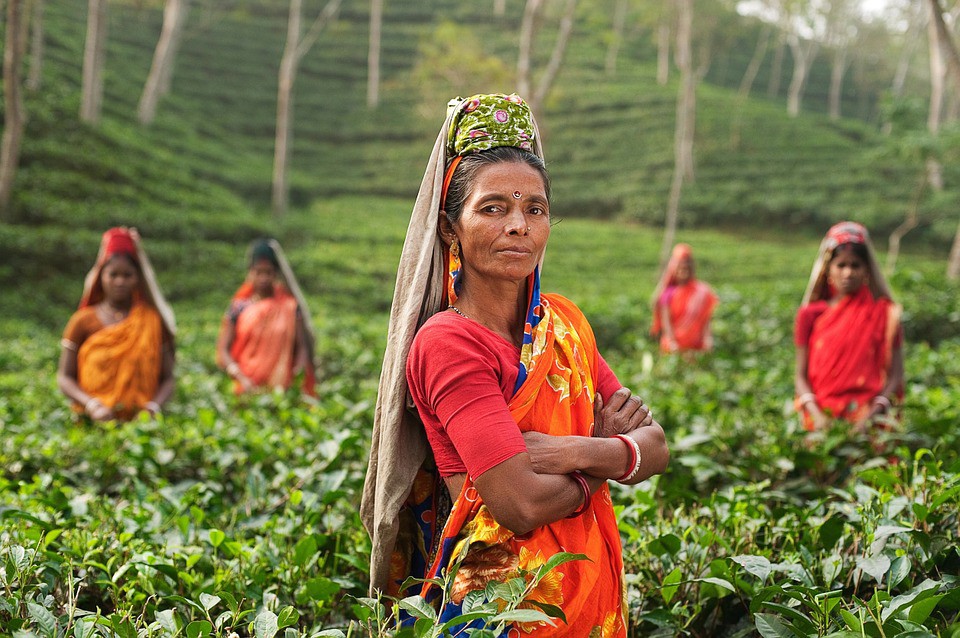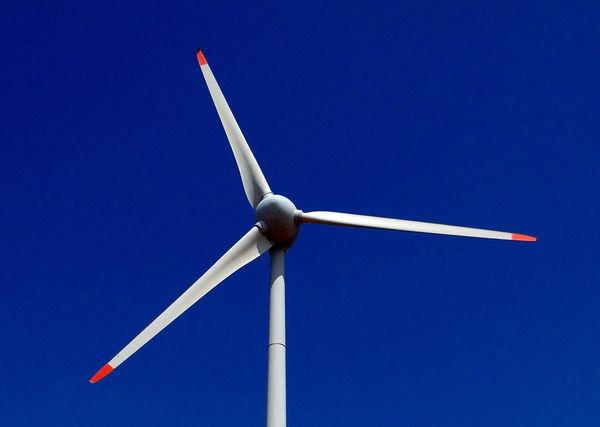
India is the world’s most populous democracy. India is a home to 1.2 billion people and one of the fastest growing economy, it is the 7th largest globally by claim of the GDP, and it is set to overtake United Kingdom by 2020.
Asking the serious questions
Can we build a sustainable future for our country? What are the steps we should take to protect some of the best way to ensure our economy stays in shape? Is our current growth model viable?
Facts
Any negative factors that are affecting our current GDP, is perhaps politics. A right economic growth is always inclusive, and robust. It aims to be sustainable for the long run. Any policy decisions that we take today secure a more sustainable path. Whether it is climate change, environmental, Rapid urbanization, congestion, traffic, property rights, or growing energy needs — everything is related, and everything affects the GDP in the long run.
Infrastructure for the urban is important factor for economic delivery and Societical benefits. India has already become the top ranking number in the total traffic that’s for any country. The last time the senses was taken it was close to 137,572 per year. Resources shown that already, half a billion are living in the cities. This is organised population is expected to double by 800 million in the next decade. 75% of India’s national income is derived from cities, and this would up the GDP in the 2050.

Urban-reforms
Land regulations play a lot of influence in deciding the effectiveness of our numbers. We can Reform regulations, but taxation and appraisal of land values, is something we can’t control as a public citizen. Today, the Tamil Nadu government had announced a decrease in 33% of the guideline value. And an 4% increase in the stamp duty. Although its something which is not worth cheering, the final price on the home buyers, will increase.
To put the numbers into picture, imagine if you are to purchase a property in Chennai, worth close to 50,0000/-. As a home buyer you are supposed to pay 1% on the guideline value, which could be perhaps thousands rupees per square feet, costing you close to 50,000/- in stamp duty. As per the the new directive, the total cost has increased from 1% to 4%, which means, even if there is a 33% reduction in the guideline value (which is Rs. 670 per square feet), you ought to pay approx 2,00,000/- as stamp duty to the government. And, this does not reflect fully the social cost of services that are provided.

Energy crisis
We are a small country. But our energy consumption per capita has almost doubled since the millennium. We as a country have to contribute more towards, saving energy fossil fuels, adopting renewables, as we already are spending close to a quarter of the total world consumption by population metrics.
**We lack data centres. **If a small 2 day power outrage can cause and affect, close to a billion people, and we call ourselves a developing country? All of this adds up somewhere. When somebody says certain patterns in organisation we are looking at a cost approximately close to 1.8 trillion by the mid of the century.
We need interest capital infrastructure on requirements for road transport parking. As any developed nation, we should work on to improve reforms that help people to reduce costs, and provide them a sustainable future for the next generation.
Every policy decisions that are taken today affects us in the long run.
It is not fair we need to follow British Victorian era laws, that dictate terms. But there is much more to do in a world where gains are made buy profiting from others money. Solar prices have fallen by 80% in the last decade, and this is something which we need to share about. Public awareness of adopting sustainable energy needs is a need of the hour.
Many institutional investors, with sovereign money, insurance companies, pension funds, need and vegetable pathway to off take risk on the currency. A well designed financial instrument by GOI, needs to be put in place, where every kind of investors, will help bridge the existing infrastructure gap in investment.
Globalization implications
Most of the trading mechanism such as currency hedging for foreign investment, peer to peer lending platforms for lenders with small renewable energy developers, and financing facility for rooftop solar power, diversified ways where one can invest into renewable energy.
Engaging with the public sector at the right time is critical, and the this is important because you need the means to survive. The loan guarantees and the first loss insurances, one can mitigate risk and attract core financing to get infrastructure built for sustainable living. Development Banks need to play a key role in assessing the technical expertise, necessary for local players that help reduce the cost of capital for new technologies.

Climate Action
India is stepping up as a leader on climate change, climate action, and sustainability. Even with the heat and the rising sea levels to draw out and food security — India is specifically vulnerable, anonymous trial towards sustainable living practices, has the future depends on it
Solar might be the fastest growing alternative energy source right now but biogas always has been there in the renewables mix, and let’s assume we have a capacity to handle 10% of every cities in organic waste by targeting bulk organic waste generator including hotels restaurants, and schools colleges, we can recycle waste like plastic or paper and use all organic materials for composting and convert the organic waste into an output that has a good financial value.

Ideas towards sustainability
Another good idea is to physically install hardware and software to monitor electrical usage and automatically adjust of operations to optimise energy consumption. In places such as restaurants hospitals theatres malls, the energy consumption is so high, that one needs to set up new systems to monitor it 24 x 7. With rise of Internet of things iot devices, high performance low cost hardware, developing platform to track energy consumption, set alarms, and triggers based on data from sensors and energy metres, and get inside on better management — is a key to sustainable living.
There are a lot of waste control industrial emissions and we need technology, that taps into converting pollutants to products. As per a recent announcement, ~1% of our Indian population die because of premature deaths related to air pollution, and this is overtaking China. India is sadly in a the list where it has 10 of Top 20 most polluted cities in the world.
Making things affordable for the target audience in slums and villages is one of the key necessity is for sustainable benefit. We can’t simply ignore the people who are almost 75% of the urban population. Slums & villages have been traditionally neglected, but thanks to sustainable practices, technological advancement — world has become a small place today.
 Need help with Digital Marketing? Try KEYSOME
Need help with Digital Marketing? Try KEYSOME
